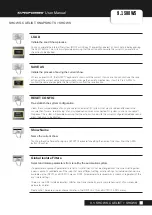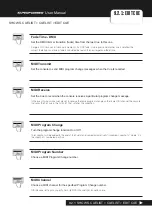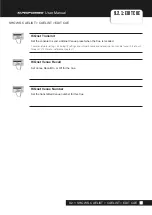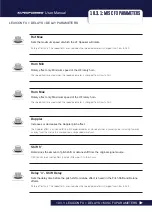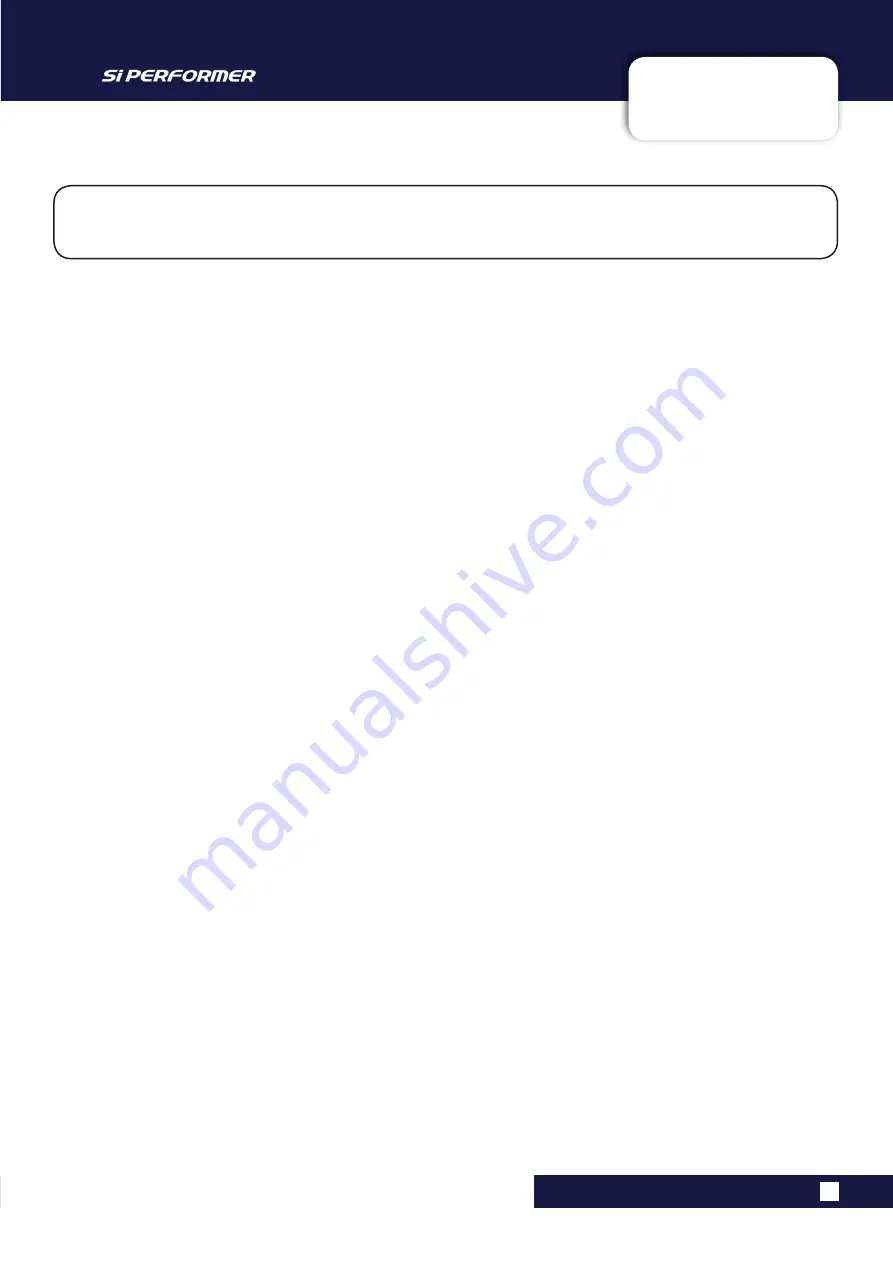
User Manual
10.2: DELAYS
LEXICON FX > DELAYS
10.2: LEXICON FX > DELAYS
Delays repeat a sound a short time after it first occurs. Delay becomes echo when the output is fed back into
the input (feedback). This turns a single repeat into a series of repeats, each a little softer than the last.
Studio Delay
The Studio Delay features up to 1 second of stereo delay and offers a built-in ducker that attenuates the delay output
whenever signal is present at the input. This can be used to keep the original signal from being muddied up by delay
repeats.
2-Tap Delay
The 2-Tap Delay is probably best described as an adjustable pong delay where each tap can be individually set in
relation to the delay time. The 2 taps are a calculated percentage of the actual delay time from 1-100% (for example,
if the delay time is 500ms and Tap 1 is set to 50% and Tap 2 is set to 100%, Tap 1 time would be 250ms and Tap 2
time would be 500ms). Narrow spacing of the tap percentages can widen the stereo image of the delay while wider tap
spacing can create rhythmic delay lines.
Modulated Delay
The Modulated Delay is enhanced by an LFO (low frequency oscillator) that produces a chorusing effect on the delay
repeats. This is a great delay for guitar and instrument passages that need that “special something.”
Mono Delay
The Mono Delay is the cleanest, most accurate of the delay programs, with up to 1 second of mono delay with panned
output, and the built-in ducking feature.
Pong Delay
This delay effect pans the delay repeats from left to right, while the input signal remains at its original(centre) position.
Tape Delay
In the days before digital, delays were created using a special tape recorder in which the magnetic recording tape was
looped, with closely-spaced recording and playback heads. The delay effect was created by the tape moving in the
space between the record and playback heads – while delay time was adjusted by changing the speed of the tape
loop. Although very musical-sounding, wow and flutter combined with a significant loss of high frequencies, and to
some extent also low frequencies, are all elements commonly associated with tape recordings.
Reverse Delay
This delay effect emulates the old studio trick of flipping a tape over, playing it backwards through a tape delay, and
recording the effect. The delays build up from softer to louder – creating the sensation that the delays come before the
signal.
Содержание Soundcraft Si Performer 1
Страница 1: ...User Guide v2 0 For Soundcraft Si Performer 1 2 3 Incorporating Software version 1 6...
Страница 40: ...User Manual 6 1 INPUT CHANNELS CHANNELS BUSSES INPUT CHANNELS 6 1 CHANNELS BUSSES INPUT CHANNELS...
Страница 44: ...User Manual 6 2 MIX OUTPUTS CHANNELS BUSSES MIX OUTPUTS 6 2 CHANNELS BUSSES MIX OUTPUTS...
Страница 48: ...User Manual 6 3 MATRIX OUTPUTS CHANNELS BUSSES MATRIX OUTPUTS 6 3 CHANNELS BUSSES MATRIX OUTPUTS...

